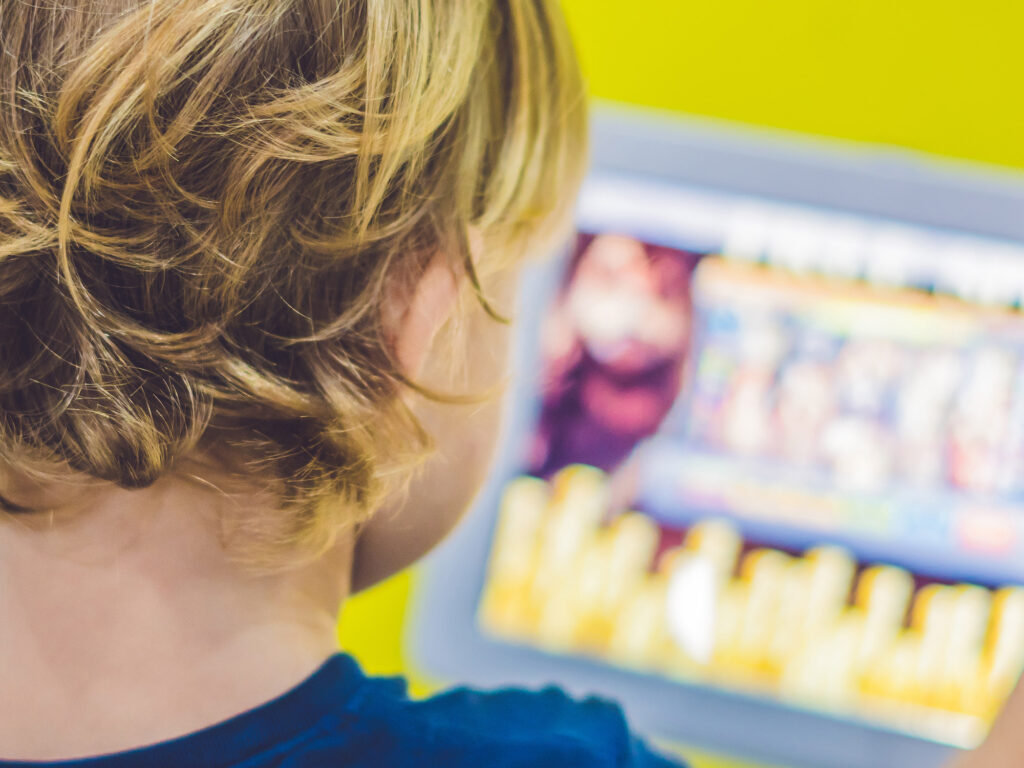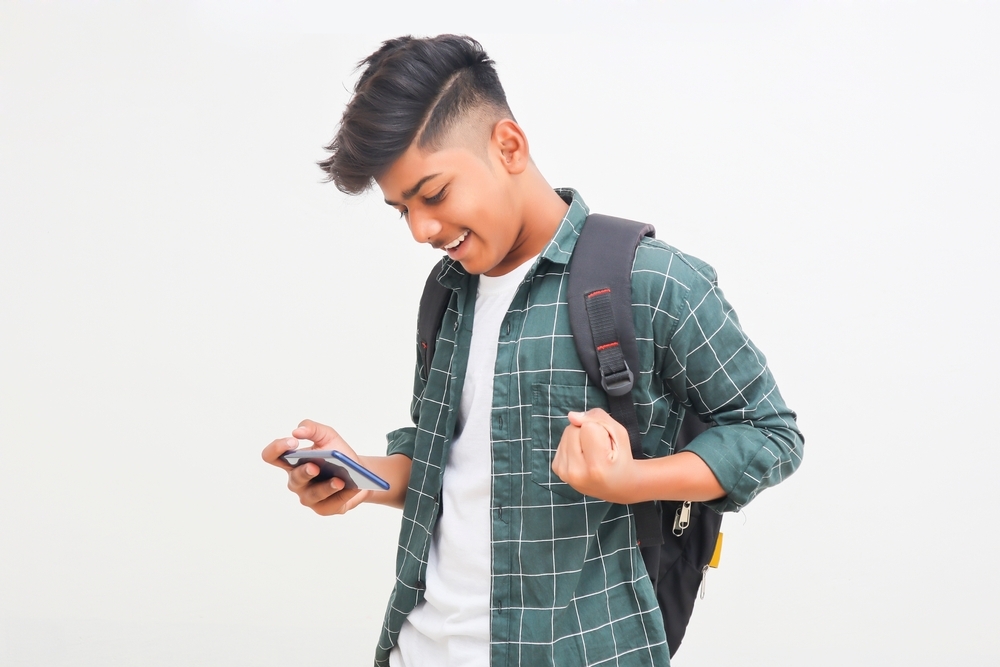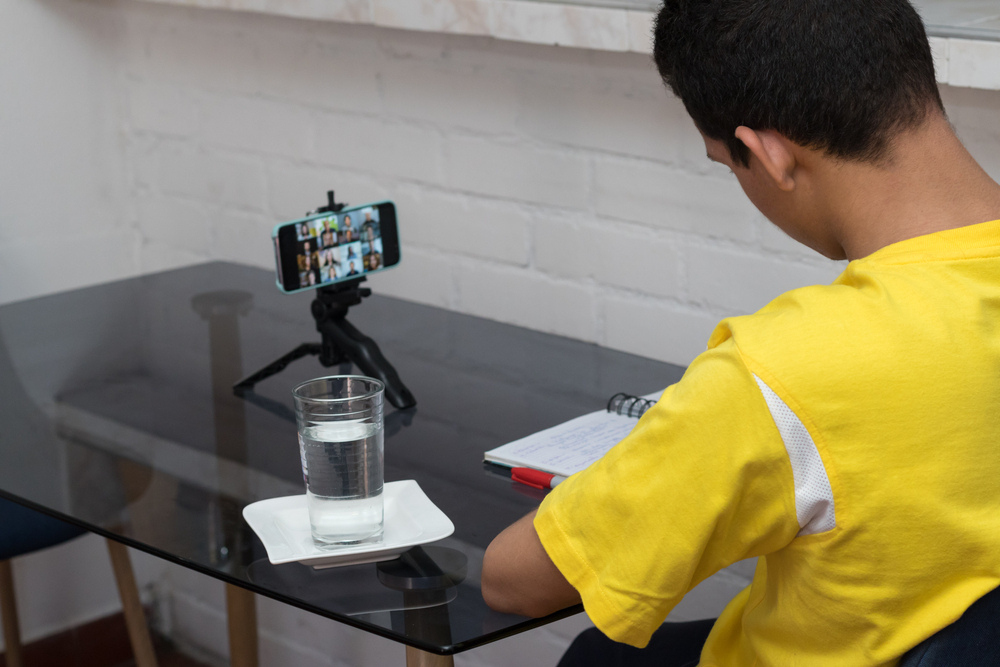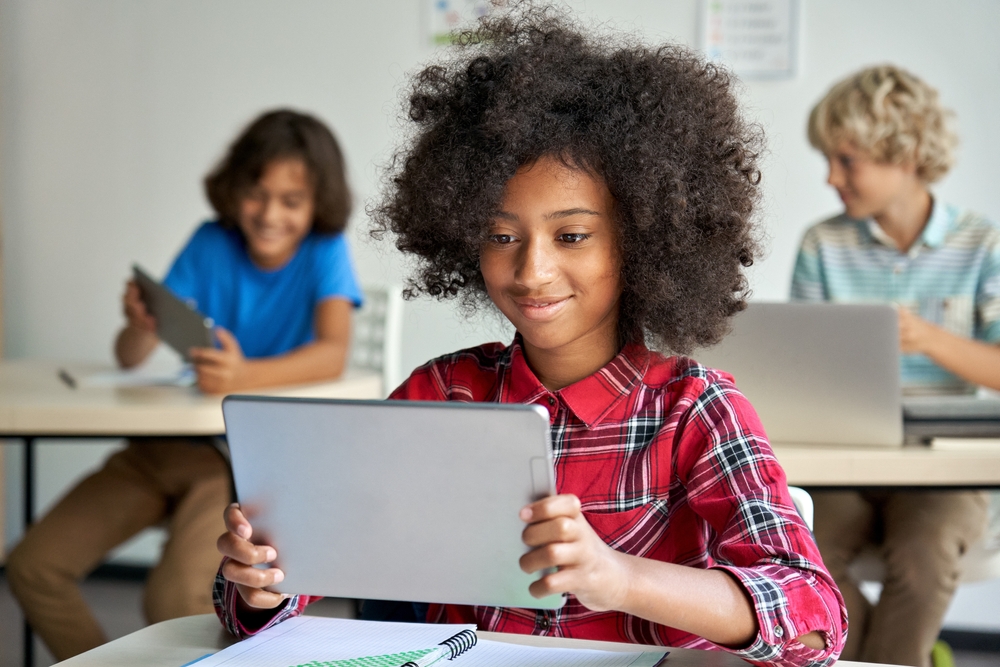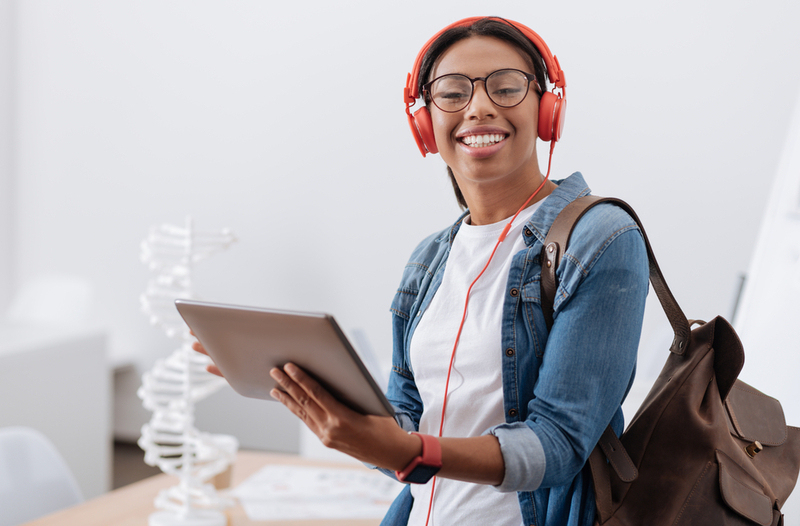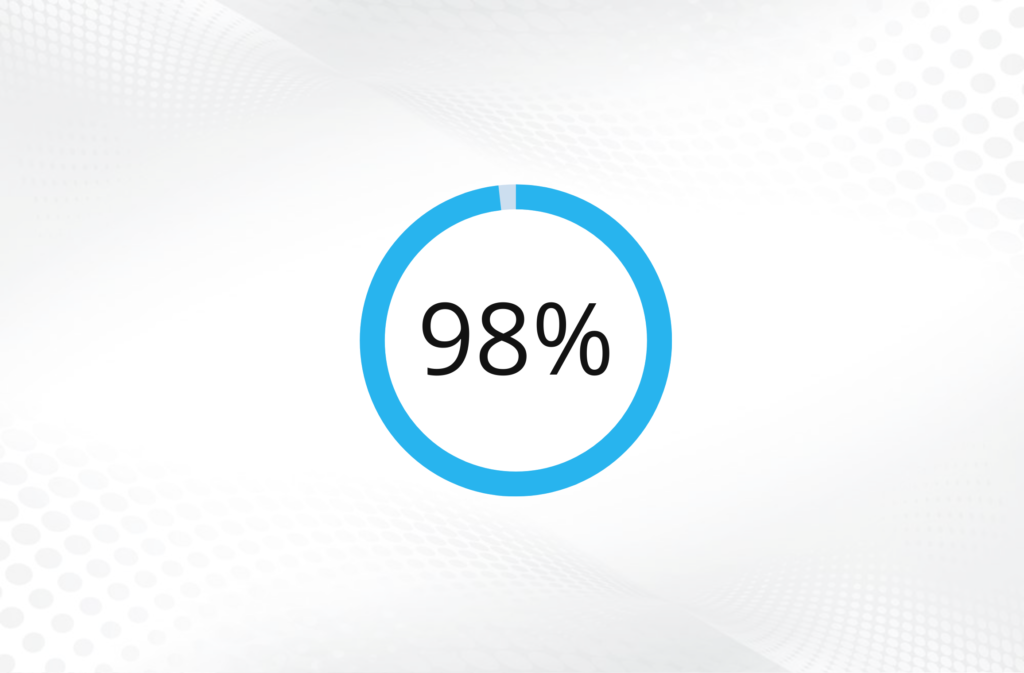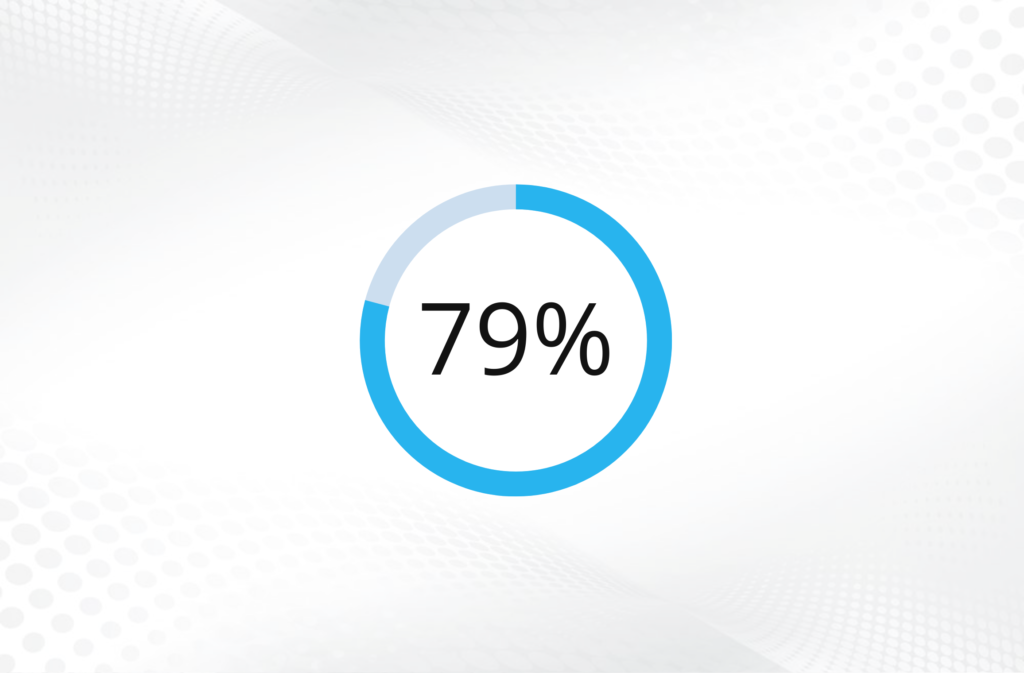Blended learning
The way we impart and acquire knowledge has changed considerably over the years. As the needs of learners evolve from one generation to the next, our educational system has also evolved to respond to their needs more effectively. This ongoing evolution has largely been driven by the emergence of innovative technologies, which play an increasingly prominent role within the classroom. For instance, some of today’s students may not even be able to imagine their education without a computer, something earlier generations could only dream about. As the benefits of digital technology in the classroom became increasingly obvious, more and more educational institutions started combining traditional classroom practices with innovative digital tools, giving birth to blended learning.
Blended learning can be described as “a formal education programme that’s made up of in-person classroom time as well as individual study online using elearning software.” It’s an innovative teaching method that relies on multiple channels to deliver learning content, including tutor-led activities, face-to-face discussion, images, videos, and digital tasks. In blended learning, students can use additional tools outside of the classroom to create a more personalised learning experience by identifying areas that require further attention and adjust their learning schedule accordingly. Furthermore, as digital technology takes on an increasingly prominent role in the workplace as well, this learning method will help students be more competitive in tomorrow’s job market. By choosing a school or university that incorporates blended learning into its curriculum in the form of tech-driven student support, eco-space facilities, virtual learning, and other live streaming solutions, students will ensure that they acquire relevant, in-demand skills and give themselves the best chance of success.
The best of both worlds
Blended learning can also benefit teachers, allowing them to take their lessons to the next level and leave a more lasting impression on their students. It enables educational institutions to achieve a perfect balance between face-to-face instruction and online learning, and thus cater to all types of learners. It’s true that some learners thrive in a structured environment where they get to interact face-to-face with an instructor. However, there are also those who are more independent and achieve better learning outcomes through semi-autonomous, computer-based learning. The main problem with traditional teaching methods is that they are typically one-size-fits-all models that fail to take into account the individual needs of every learner. Blended learning solves this problem by combining the best of both worlds, allowing students to learn at their own pace but at the same time enjoy all the benefits of immediate feedback provided by face-to-face teaching. They can choose whether they want to access the learning content through their personal computer, smartphone, or tablet, and even choose the type of content that suits their learning style best, whether it’s games, videos, quizzes, tutorials, or social media content.
In blended learning, students have a portion of their learning delivered in a traditional classroom environment through face-to-face interaction with their teachers and classmates, while the rest is delivered online using digital technologies, whether inside or outside the classroom. This type of learning offers students more flexibility and convenience, allowing them to decide how, when, and where they want to access some of the learning content and to do it at their own pace. This helps them improve their focus and achieve better learning outcomes.
Important factors to consider about blended learning
Teaching staff largely agree that remote learning cannot replace the traditional classroom learning experience. The good thing is that it’s not supposed to. Blended learning combines the best of both worlds to provide students with a unique and highly effective learning experience. “We had real success with the online learning approach during lockdown. I found that we could actually engage more with the children, and there were fewer distractions, such as room changes. It allowed the students to be much more focused,” says Tara Stirland, one of the teachers at Samworth Church Academy. Online learning also enables some forms of interaction that would otherwise be difficult, if not impossible, to recreate in the physical classroom. “I’ve seen what some of my students have got from remote online learning. I can see what they’re doing on the screen, and I love the fact that they can listen again to sessions via recordings, and also search for particular topics. Some students really prosper with this type of learning,” adds Stirland.
The Online Learning Consortium, for instance, defines blended learning as the type of education that “integrates online with traditional face-to-face class activities in a planned, pedagogically valuable manner.” Although the term ‘pedagogically valuable’ might be somewhat ambiguous and could mean different things to different people, what is clear is that blended learning should only incorporate technology that makes the learning process better. For blended learning to be successful, technology and teaching need to “inform each other” and “reach and engage students in a truly customisable way,” according to Education Elements, a company that develops blended learning technologies. Another thing to keep in mind is that blended learning won’t require teachers to master sophisticated technologies overnight. Instead, they should start with small tech initiatives that fit in seamlessly with their curriculum and enable students to improve their learning outcomes.
As we already mentioned, blended learning consists of two separate components: face-to-face meetings and online delivery. The former are typically used to introduce or reinforce certain concepts, but can also be used for collaborative activities and to allow students to put their newly acquired skills into practice. The latter, on the other hand, provides additional content that is delivered in the form of digital curricula, as well as via videoconferencing, satellite TV, social media, chats, online discussion groups, or podcasts. One of the biggest advantages of blended learning is that it has a highly modular structure, which allows educators to easily adapt it to their current needs. So, whether they prefer to deliver the majority of instruction face-to-face with occasional online lessons added into the mix, or the other way around, they can easily find a blended learning model that will allow them to do just that.
Types of blended learning
There are twelve different types of blended learning, according to TeachThought, an organisation dedicated to innovation in education. The one our readers will probably be most familiar with is the ‘flipped classroom’, which gets its name from the fact that it ‘flips’ the traditional roles school and home have in a student’s education. In this type of blended learning, students are introduced to a particular concept at home before they practice working through it at school with the help of a teacher and their peers. This model gives students more control over the pace at which they learn, while saving teachers from having to repeat the same information over and over again. Station rotation blended learning features a fixed schedule in which students rotate between stations, at least one of which needs to involve online learning. This model allows educators to differentiate learning and achieve a better balance between online and offline work. A model that is very similar to station rotation is lab rotation, featuring a dedicated computer lab in place of the online learning station. Another model that features rotation through stations is individual rotation, in which students are assigned individual schedules that are determined by a teacher or an algorithm. The main difference from other rotation models is that students rotate only through those activities that are included in their schedule, rather than every single one, which makes their learning path more personalised and differentiated.
Empowering students to take control of their own learning
As its name might suggest, flex blended learning features a very flexible schedule in which the majority of student learning consists of online learning, with occasional offline activities thrown in. However, learning still takes place at the brick-and-mortar campus with a teacher present, who supervises the process and offers face-to-face support in the form of individual tutoring, small-group instruction, or group projects. In remote blended learning, which is sometimes also called the enriched virtual model, coursework is also mainly online but students need to complete it independently, with periodic face-to-face meetings with a teacher. The project-based blended learning model enables students to focus on project-based learning assignments through a combination of online learning, face-to-face instruction, and collaboration. Self-directed blended learning gives students more control over their own learning path by allowing them to choose the online content that will supplement their face-to-face instruction. The main challenge with this model is figuring out how much guidance each student needs in this process and how to accurately judge their success afterwards.
Blended learning models can also be classified based on where learning initially occurs. Inside-out blended learning features learning experiences that start in the physical classroom but are concluded beyond the school walls. On the other hand, outside-in blended learning enables students to start the learning experience in various physical and digital environments that exist outside of school grounds before they go back to the classroom, where their knowledge will be put to the test. In supplemental blended learning, students complete key learning objectives entirely in one space, whether online or in the classroom, while the opposite space provides supplementing learning activities students couldn’t experience in the primary one. Finally, mastery-based blended learning also features rotation between online and face-to-face learning, with the rotation schedule determined by the successful completion of mastery-based learning objectives.
Blended learning provides numerous benefits for both students and teachers. It allows us to break free from the shackles of the traditional teaching models which fail to account for each student’s individual needs, and personalise the learning experience for all students using innovative technologies and resources. Learning styles differ from one student to the next, which is why traditional, one-size-fits-all teaching methods will never be able to cater to all of them. Blended learning, with its flexible time frames, gives students more control over the process and allows them to choose the pace at which they want to process the learning content. In addition to significantly increasing learner engagement, blended learning also benefits teachers by providing them with instant feedback regarding learner performance and allowing them to adjust the process accordingly by accelerating the pace or adding more advanced elements. Furthermore, by allowing students to process a portion of the learning content at home, teachers can focus on providing deeper, more meaningful interactions in the classroom that will help students master the content more easily.
Strengthen relationships between teachers and students
Constant pressure to have good grades and the complex nature of the subject matter makes it difficult for a large number of students to enjoy maths. To make matters worse, teachers usually don’t have enough time to address each student’s needs individually. To resolve this problem, Stacey Roshan, a high school maths teacher in Washington, decided to ‘flip’ the classroom by introducing math concepts to her students in the form of online videos, while class time was repurposed to address any questions or misunderstandings they might have. “It’s important to understand that my flipped classroom is not about videos at home and textbook work in class. It is about easing students’ anxiety by giving them time to work through problems with their peers and with me. It is about personalising the learning space, building relationships with students and gaining their trust, and being there to support them when they need me the most,” explains Roshan.
Learn anytime, anywhere
The proliferation of cloud technologies means that students can now choose when and where they want to engage with learning materials, all of which are available online, allowing them to proceed in a way that fits their particular learning style best and devote more time to areas that require further attention. Blended learning also facilitates collaboration between students and makes it easier for them to participate in lively online discussions and provide peer feedback, which increases student motivation and engagement and leads to better learning outcomes. Another major benefit of blended learning is that it helps students acquire the skills they need to succeed in the future. As technology takes on a more prominent role in the workplace, companies will increasingly require their employees to be proficient in the use of digital resources. Furthermore, it helps build media literacy skills by teaching students to evaluate online resources, which could become increasingly important in light of the recent surge in fake news and disinformation.
While it’s impossible to deny the benefits of blended learning, there are still certain issues that could prevent its wider adoption. For one, the success of this approach is highly dependent on the technical resources used to deliver the learning experience. To have a meaningful impact on student learning, educational institutions need to make sure that the tools they employ are up-to-date, reliable, and user-friendly. Otherwise, they could prove to be entirely counterproductive. Implementing a blended learning approach can be a massive challenge even with the right tech infrastructure in place, since both teachers and learners may simply lack the skills needed to use these tools effectively. Furthermore, blended learning requires a significant adjustment on the part of teachers. The traditional approach in which teachers focus mainly on choosing what to teach will no longer suffice, as they will also have to think more carefully about how they teach and rely less on improvisation in the classroom, which can be a challenge even for experienced educators.
Blended learning challenges
According to a recent survey conducted by ProLiteracy, an international non-profit organisation that supports literacy programmes that help adults learn to read and write, the biggest challenge to implementing blended learning in the classroom is “a lack of basic computer/digital skills including being able to navigate different platforms and devices, keyboarding, using a password, etc.” Other challenges noted by respondents include “getting distracted and low independence/self-directedness and motivation, fear of and discomfort with technology, and language and comprehension barriers.” When it comes to implementing blended learning outside of the classroom, “lack of or poor internet service and lack of or outdated hardware” were identified as the biggest challenges, followed by “poor motivation/self-directedness and lack of time and/or time management skills.”
The mindset change
Another potential issue worth mentioning is the one relating to the prevailing mindset. Over the years, students have got used to learning in a traditional classroom environment and have come to see it as the most effective way to learn. They understand what is required of them in the classroom, how they need to behave, and how much effort they need to put in in order to accomplish their objectives. However, when technology is added into the mix, things change and there are suddenly several unknowns learners are faced with. Blended learning also requires students to take a more active role in their own education, so there may be some initial opposition to the idea. Educators need to be careful when introducing new technology into the classroom for the first time. Rather than throwing everything at their students at once, they should start with the simplest technology possible to make the transition smoother and help students get used to it. They also need to keep an eye out for possible glitches that could affect the functioning of the learning process and thus jeopardise the entire programme. This could mean having a technical support team available 24/7, which brings additional costs.
Focus on content
Furthermore, educators need to make sure to devote enough time to the actual design of the learning content, rather than focusing exclusively on the implementation of new technology. They need to think carefully about which portions of the learning content require face-to-face interaction with the teacher and which can be left to students to cover on their own online. Then, once the strategy is laid out, they need to think about how to bring all of those elements together in a way that doesn’t put too much stress on students or teachers. Having to process too much information could have a detrimental impact on student motivation, while teachers themselves could be overwhelmed by the number of items they need to keep track of. Just as important is finding a way to monitor and assess student progress in these online portions of the learning content, so that educators can determine whether learning requirements and outcomes have been met.
There are many different learning strategies, each with its own set of advantages and drawbacks. One that has grown increasingly popular in recent years is blended learning, which combines face-to-face instruction with online learning to increase student engagement and produce better learning outcomes. Blended learning enables teachers to create a more personalised learning experience that caters to all of their students’ individual needs and varied learning styles, while at the same time giving students more control over their own learning path. While there are still some issues that need to be addressed before blended learning can be implemented on a wider scale, such as the lack of basic digital skills or poor access to the internet and required technology, blended learning will undoubtedly take on a more prominent role in our education system in the upcoming period and transform the way we learn.


